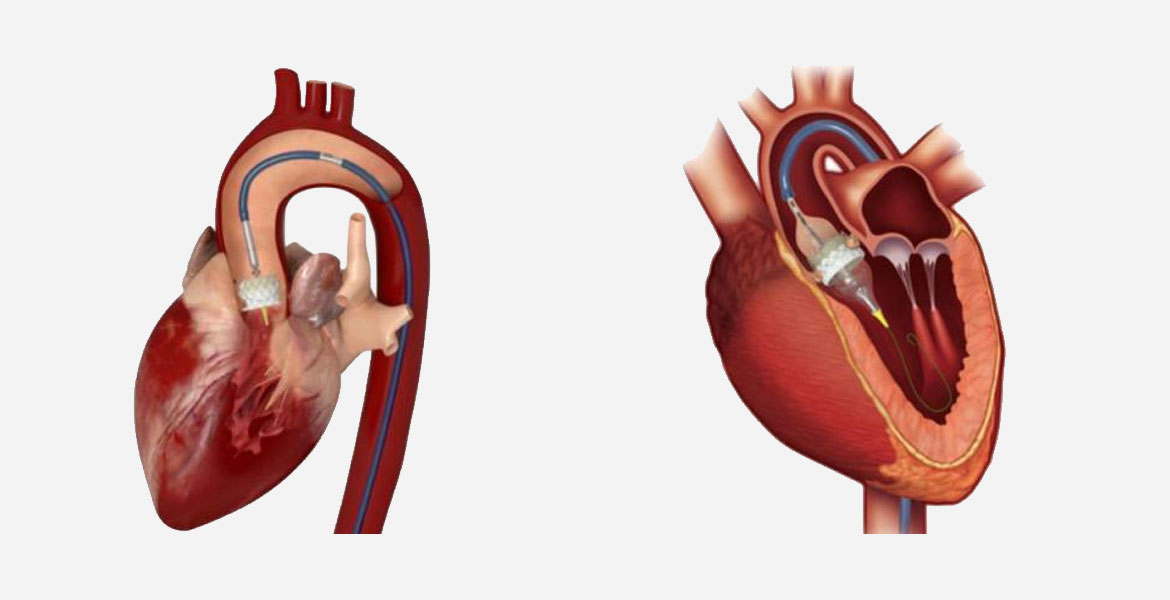
One diagnosis for renal artery stenosis is angioplasty of the renal artery. A tiny flexible tube termed a catheter can be placed inside the renal artery. Angioplasty is conducted by the use of a catheter with a small balloon affixed to the end. The balloon is increased inside the vessel and pushes any plaque (blockage) into the walls of the vessel.
The stent is a metal mesh tube that is pushed to the sides of the vessel to carry the vessel open. An undeployed stent is coated around an angioplasty balloon. There's a balloon at the end of the catheter. The balloon and the stent mixture are placed at the stenosis within the vessel. The balloon is then increased and expands (deploys) the stent, pushing it against the interior of the vessel wall. Once the stent is fully extended, the balloon is shattered and taken away from the vessel. The stent stays inside the lumen to keep the vessel exposed.


.jpg)

